HUNTER REGION CODE ONE INCIDENTS
Ms JODIE HARRISON (Charlestown) (12:54): I contribute to debate on the motion, which I support. However, I do not support the Government's amendment. The signs are clear that paramedic staffing levels in the Hunter have reached crisis point and the consequence is that lives are at risk. Unfortunately that is not surprising because, as the Productivity Commission Report on Government Services makes clear, NSW Ambulance lags behind the national average in per capita funding. The national per person spend on ambulance services is $159.46; in contrast, our State's spend is $136.68. The per person spend on ambulance services in this State, which determines adequate response times, is $23 less than the national average. It is little wonder that we are delivering a below-average ambulance service when it comes to the capacity to respond to emergency calls in a timely way. That is not the fault of our dedicated paramedics; that is an indictment on the Government's utter failure to deliver health services to the standard that the people of New South Wales expect, as evidenced in the inquiry into regional and rural health.
The Government is not just spending less; the State also lags behind on every measure of patient satisfaction. Only 59 per cent of patients in New South Wales were satisfied with the length of ambulance wait times compared to the national average of 64.5 per cent. That is a dismal result even when compared with the already low nationwide statistic. Quarterly performance data for March, published by the Bureau of Health Information, showed the worst response times from NSW Ambulance in the past five years. Only 54 per cent of emergency cases were responded to by an ambulance within 15 minutes of a 000 call. According to the bureau's figures, 66.4 per cent of call-outs to life-threatening emergencies arrived within 10 minutes; that is a drop of 3.2 per cent on the previous year. Every second counts in moments of crisis; extra minutes can mean the difference between life and death.
Government members can spin those figures whichever way they like, but they cannot deny people's real experiences. My office was contacted by the family of a 96-year-old constituent who lives at home as a hospice outreach patient and who takes medication for severe pain from metastatic bone cancer. When the family called an ambulance after his pain medication ran out, they unbelievably had to argue with the operator and the triage nurse to convince them to send an ambulance because his condition had been deemed to be not life-threatening. The family said to me, "Surely a man aged 96 with metastatic bone cancer, who is in extreme pain and cannot be moved, is entitled to an ambulance." The Government's amendment is absolutely outrageous. I support the motion from the member for Wallsend and I will vote accordingly.
This speech was given in support of the following Motion:
That this House:
- Notes New South Wales has the second-slowest paramedic response times across Australia for code one incidents.
- Notes ambulance services in the Hunter region are running at or above capacity, particularly on weekends.
- Calls on the Minister for Health and Medical Research to review the minimum operating levels and employ more paramedics.
You can read the rest of the debate on Hansard.


